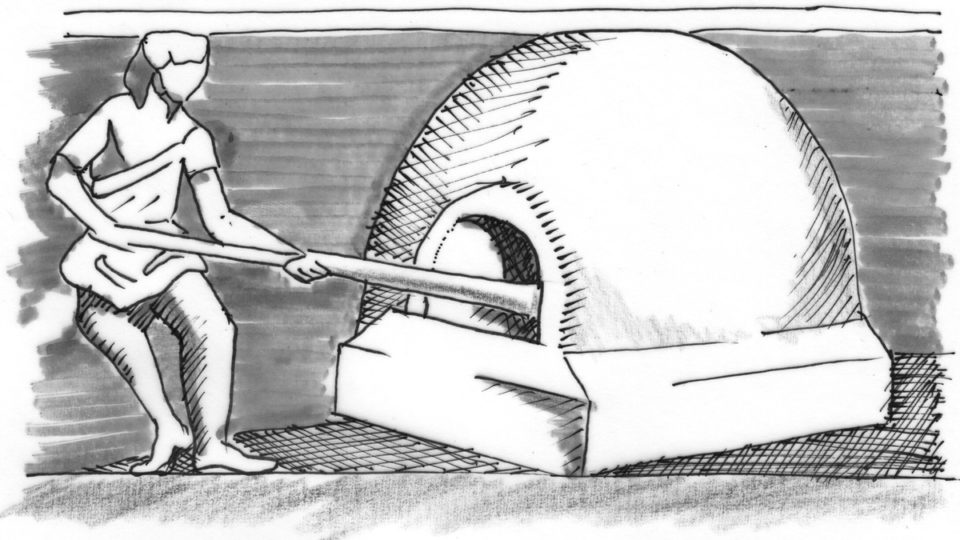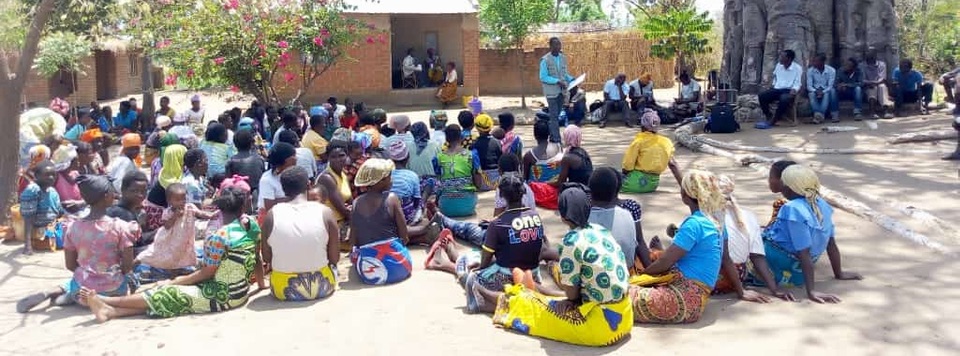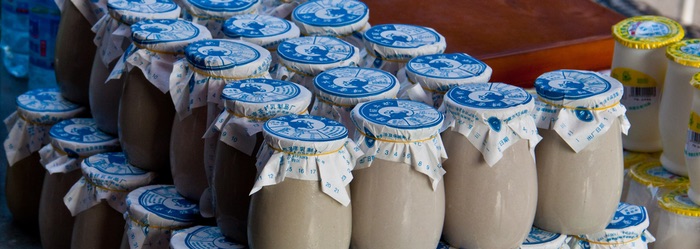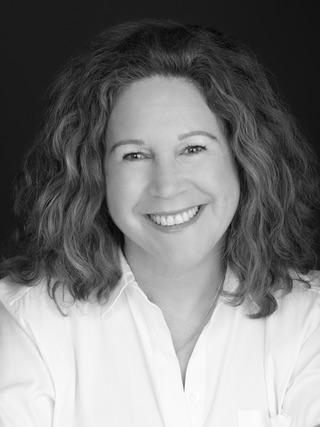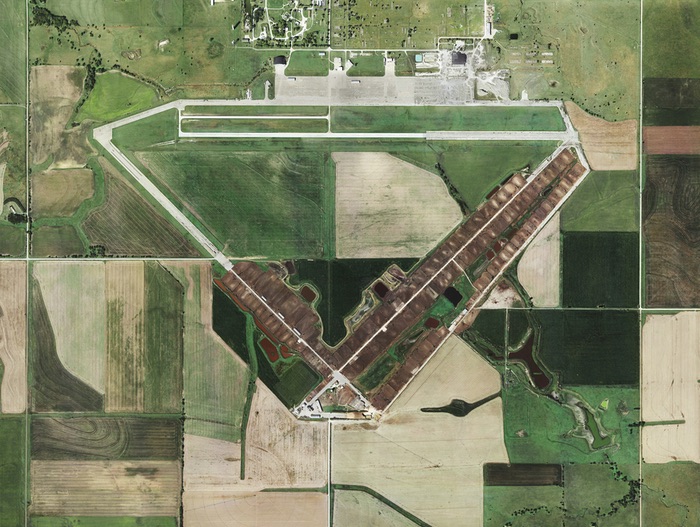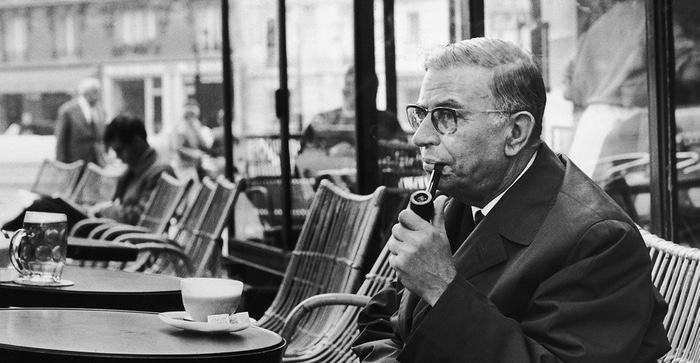
Podcast: Play in new window | Download (Duration: 31:00 — 28.5MB)
Subscribe: Google Podcasts | Spotify | Android | RSS | More
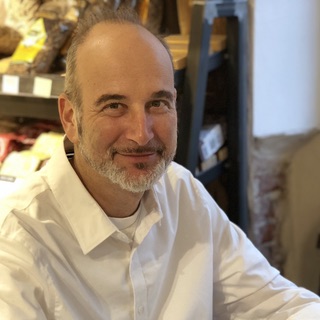 David Kaplan calls himself a taste realist. That means he really does think that there’s something there, in food or drink, that enables us to agree on what it tastes like, if only we have the vocabulary. Kaplan is professor of philosophy at the University of North Texas, and aesthetics is only one of the areas of philosophy that he applies specifically to food in his book Food Philosophy: An Introduction. We talked about all of them in this episode.
David Kaplan calls himself a taste realist. That means he really does think that there’s something there, in food or drink, that enables us to agree on what it tastes like, if only we have the vocabulary. Kaplan is professor of philosophy at the University of North Texas, and aesthetics is only one of the areas of philosophy that he applies specifically to food in his book Food Philosophy: An Introduction. We talked about all of them in this episode.
Notes
- Food Philosophy: An Introduction is published by Columbia University Press. David Kaplan directs The Philosophy of Food Project, which contains many more resources at its website.
- In case you missed them, here’s a little mini-series I did on taste:
- In case you were wondering (I was, but I didn’t want to lose the thread) the Mount Rushmore of Existentialists would be Kierkegaard, Nietzsche, Heideger and Sartre.
- Here’s the transcript.

